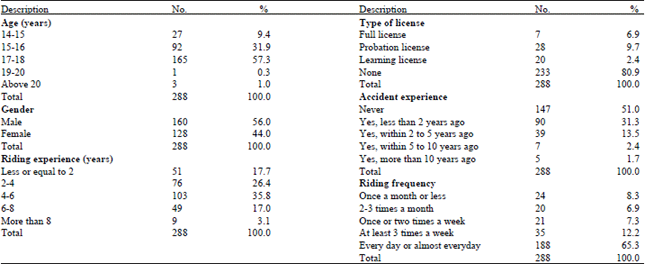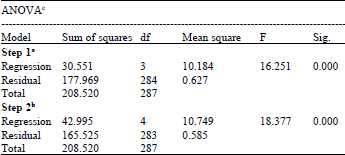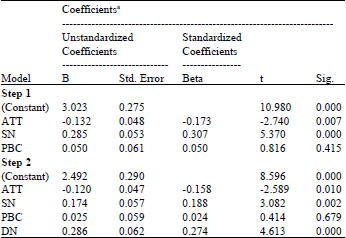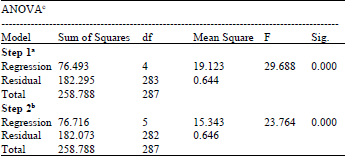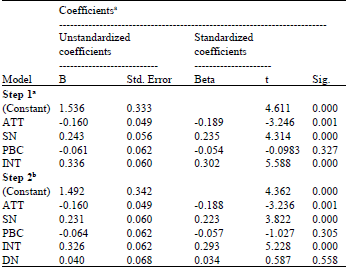Research Article
Helmet Usage among Adolescents in Rural Road from the Extended Theory of Planned Behaviour
Faculty of Civil and Environmental Engineering, Universiti Tun Hussein Onn Malaysia, Johor, Malaysia
Kamarudin Ambak
Faculty of Civil and Environmental Engineering, Universiti Tun Hussein Onn Malaysia, Johor, Malaysia
Ahmad Raqib
Faculty of Civil and Environmental Engineering, Universiti Tun Hussein Onn Malaysia, Johor, Malaysia
Nur Sabahiah Sukor
School of Civil Engineering, Engineering Campus, Universiti Sains Malaysia, Penang, Malaysia









